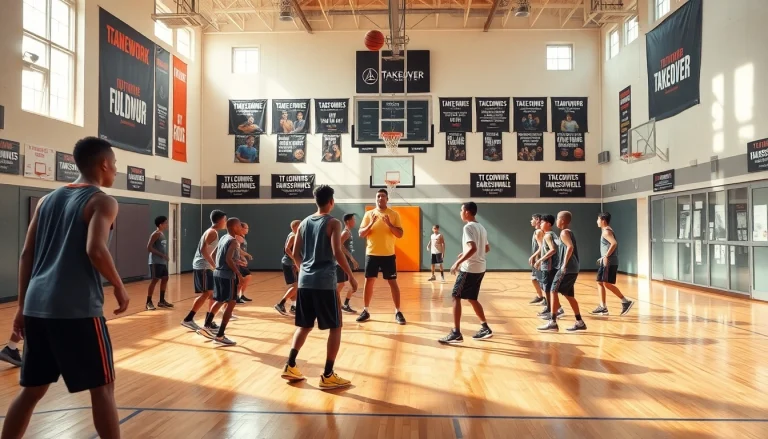
Understanding Golf Swing Training Aids
What Are Golf Swing Training Aids?
Golf swing training aids are specialized tools designed to help golfers improve their swing mechanics, technique, and overall performance. They come in various forms, from simple devices that provide feedback on swing path to more complex machines that analyze swing speed and angle. By offering visual or tactile feedback, these aids help players identify and correct flaws in their swings, making practice sessions more productive. Whether you’re a beginner or an experienced golfer, incorporating golf swing training aids into your routine can significantly impact your game.
How They Enhance Performance
A well-designed training aid focuses on specific components of the golf swing that often lead to poor performance on the course. By isolating aspects like grip, stance, and follow-through, these tools allow golfers to develop better muscle memory and improve their ability to perform consistently. Studies show that effective training aids can decrease the time it takes for players to master specific skills, translating to lower scores and heightened confidence on the golf course.
Common Types of Training Aids
There are several categories of golf swing training aids, each catering to different aspects of the swing. Some of the most common types include:
- Swing Trainers: Devices that help standardize swing mechanics, often featuring weighted clubs or attachments that promote proper technique.
- Alignment Aids: Tools that assist in setting proper stance and alignment, ensuring the player’s body is positioned correctly to hit the ball.
- Feedback Devices: Technology-based aids such as apps or sensors that provide real-time data about swing speed, angle, and other performance metrics.
- Putting Aids: Focused on the putting stroke, these aids help improve accuracy and distance control on the green.
Choosing the Right Training Aid for Your Needs
Assessing Your Skill Level
Before selecting a training aid, it is essential to assess your current skill level. Beginners might require simpler tools that build foundational skills, while advanced players might benefit from specialized devices that fine-tune complex aspects of their swing. Conducting a self-assessment can help clarify which areas require improvement and guide you in choosing the right tool.
Identifying Specific Goals
Each golfer has unique objectives, whether it’s improving accuracy, increasing distance, or mastering a particular aspect of the game. Pinpointing your goals will greatly influence your choice of training aids. For example, if your aim is to enhance your driving distance, you might opt for a swing trainer that emphasizes power and hip rotation. If you need to work on putting, a precision putting mat could help you with distance control.
Comparing Training Aids in the Market
With countless options available, it can be overwhelming to choose the right training aid. Start by researching reviews and seeking recommendations from experienced players or instructors. Comparison sites can also provide insights into different products, helping you to weigh the pros and cons effectively. Look for training aids with proven success rates, as evidenced by player testimonials and endorsements from golf professionals.
Setting Up Your Golf Swing Training Routine
Creating a Practice Schedule
Consistency is key when using training aids. Create a structured practice schedule that incorporates time for swing analysis, drills, and increments of focused training with your chosen aids. It’s beneficial to set aside specific times during the week to engage with your training apparatus, allowing you to track improvements and maintain motivation.
Incorporating Aids into Your Sessions
Integrating training aids into your practice sessions requires a balanced approach. Initially, spend time focusing solely on the aid to develop the specific skill or technique it targets. As you become more comfortable, blend the aids into more dynamic practice routines that mirror on-course scenarios, ensuring you maintain the application of what you learn during real gameplay situations.
Monitoring Progress and Adjustments
Regularly evaluating your progress is vital for effective training. Keep a log of your practice sessions, noting areas of improvement and aspects that still need work. This record will not only cover performance metrics but also reflect how well you’re integrating the training aids into your practice. Adjust your approach as needed to address areas where slack may occur or techniques require further refinement.
Tips for Maximizing Training Aid Effectiveness
Proper Technique and Form
Using a training aid will yield minimal results if the golfer’s technique and form are incorrect. Always begin with understanding the fundamentals of the swing to minimize the risk of reinforcing poor mechanics. Consider consulting with a golf professional to ensure your basic technique aligns with what the training aid aims to improve.
Combining Aids with Instruction
Training aids are most effective when used in conjunction with professional instruction. While these tools provide vital feedback, the insights from a skilled coach can facilitate a deeper understanding of your swing and enhance your training sessions. Combining both resources creates a comprehensive learning experience that addresses personalized needs.
Maintaining Consistency
Much like any skill, consistent practice is crucial for integrating the benefits of training aids into your game. Aim for short, focused practice sessions multiple times a week rather than longer, sporadic sessions. This approach nurtures muscle memory and ingrains effective techniques over time, leading to tangible improvements on the course.
Evaluating Your Improvement Over Time
Using Performance Metrics
Performance metrics provide quantifiable indicators of improvement and are essential for evaluating the effectiveness of your practice regimen. Track statistics such as fairways hit, greens in regulation, and overall scores. You can also measure specific improvements by using technology that analyzes swing speed and trajectory data.
Seeking Feedback from Coaches
Periodic check-ins with instructors or experienced golfers can offer valuable perspectives on your progress. Their insights can reveal areas you may overlook, providing constructive feedback on how effectively you’re using your training aids. Regular feedback will help ensure your training stays on track and aligned with your objectives.
Adapting Your Training Strategy
Your training strategy should be dynamic and adaptable, reflecting your progress and changing goals. As you reach milestones or identify new areas for improvement, re-evaluate your practice routine and the aids you use. Flexibility in your approach to training will help maintain motivation and encourage continuous growth as a golfer.






